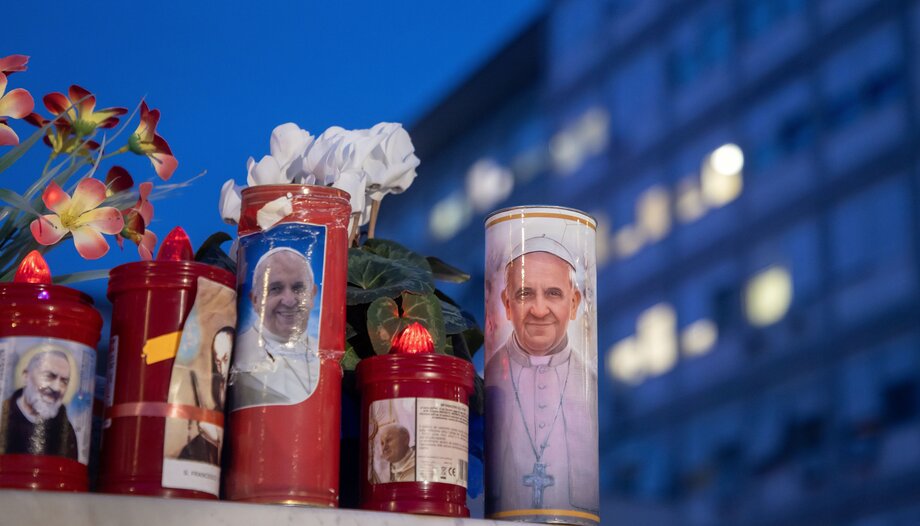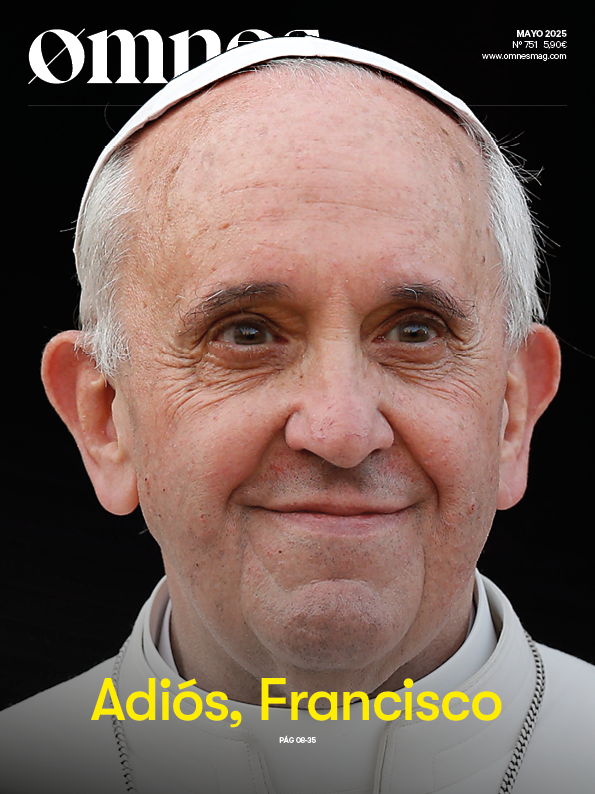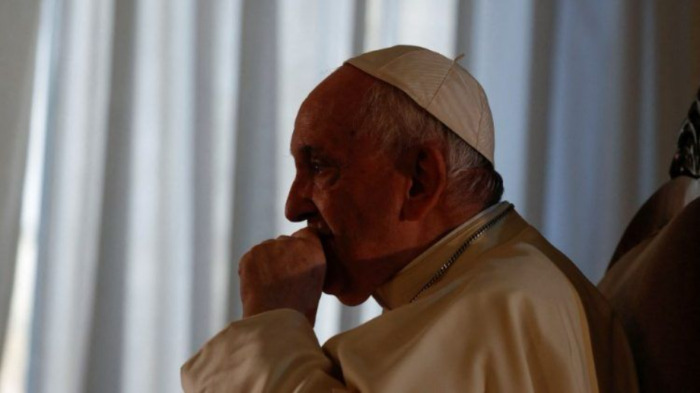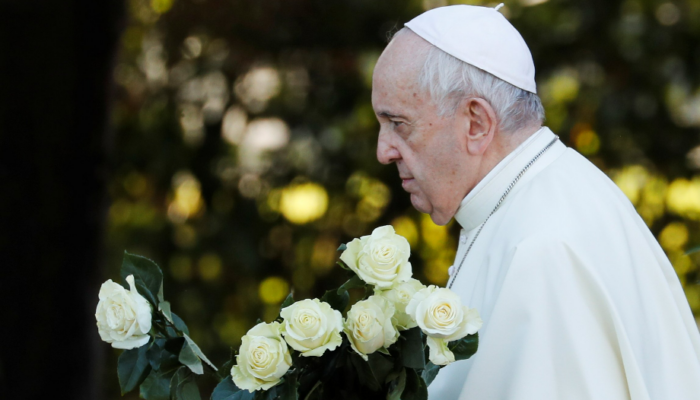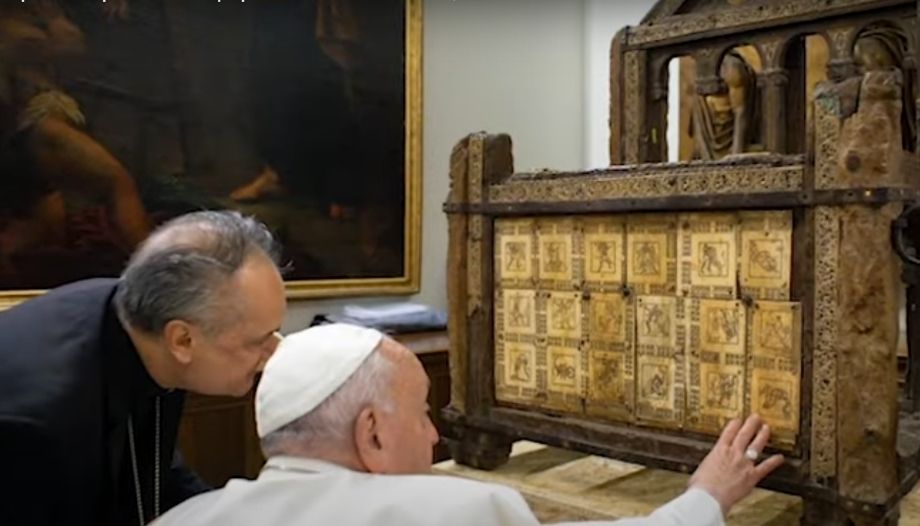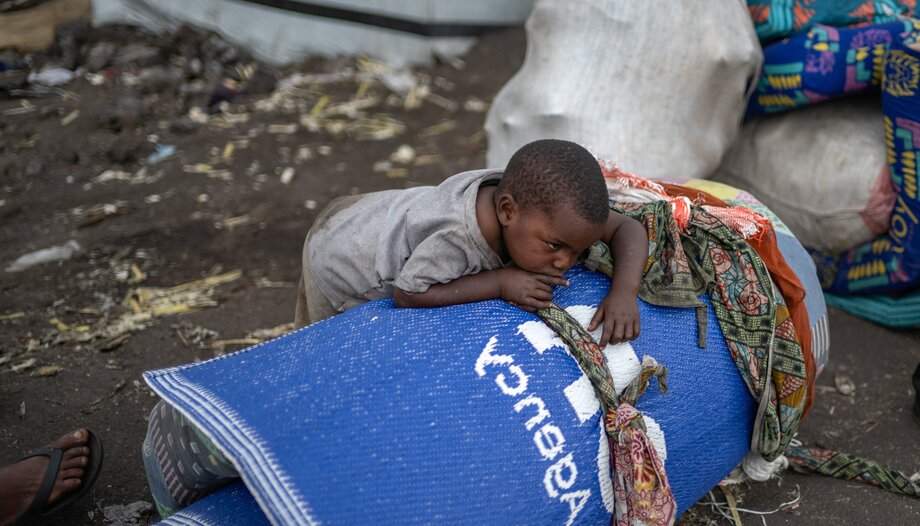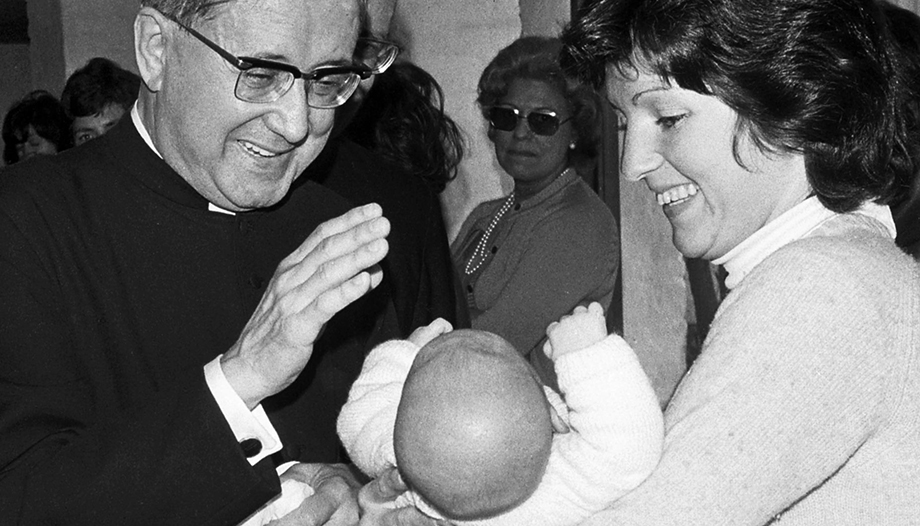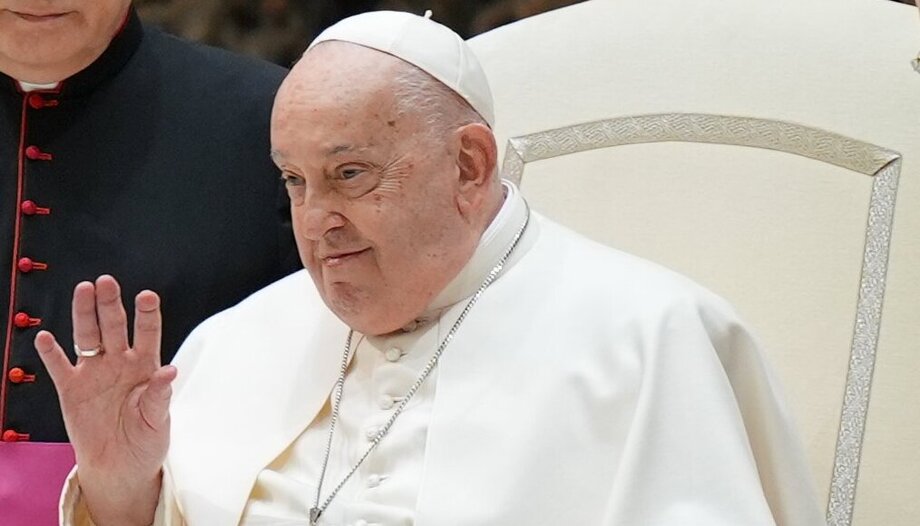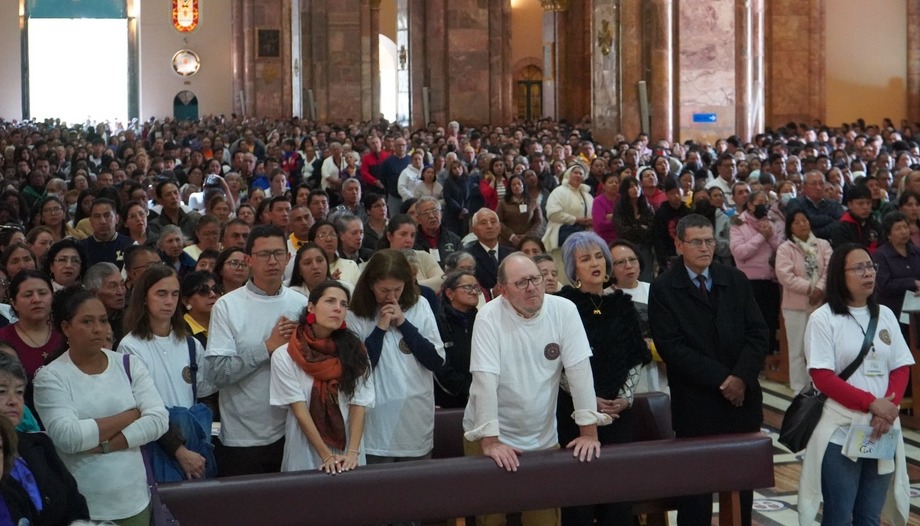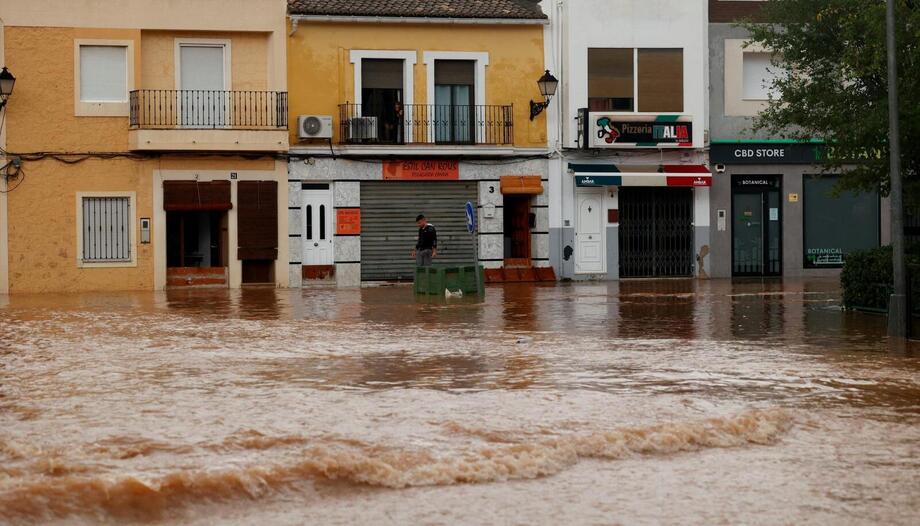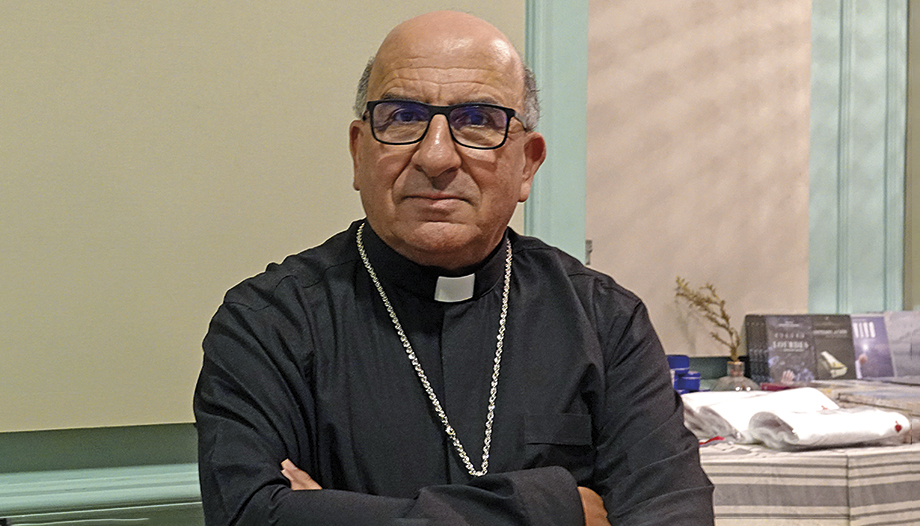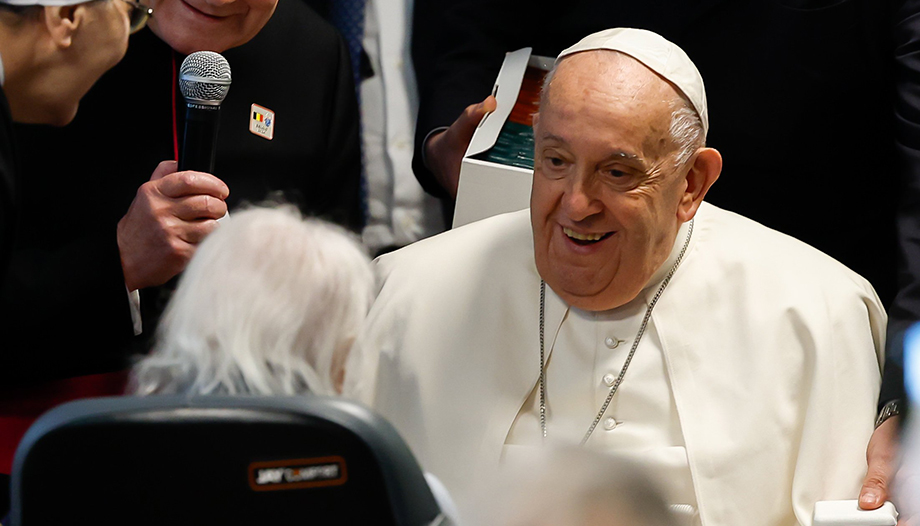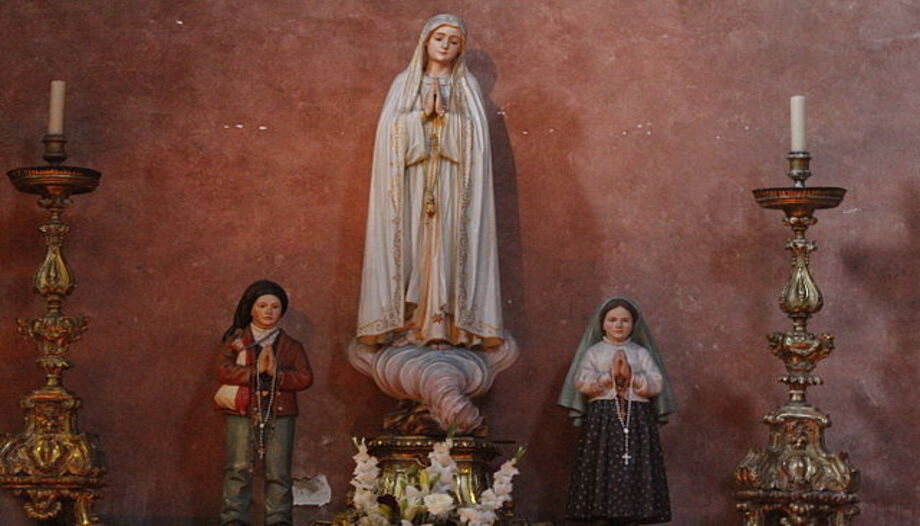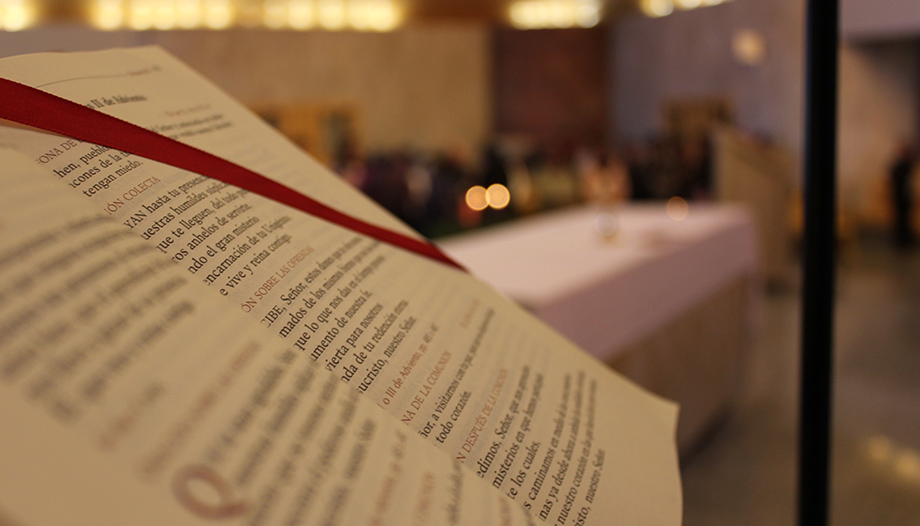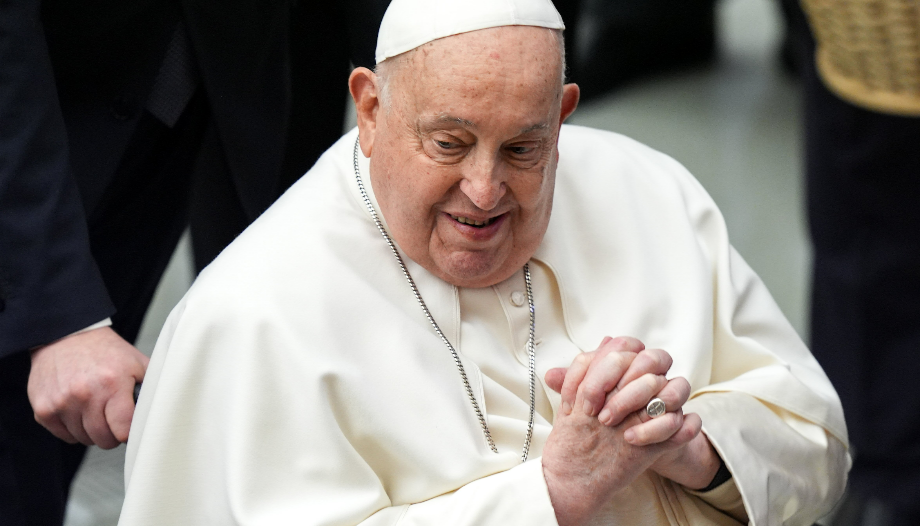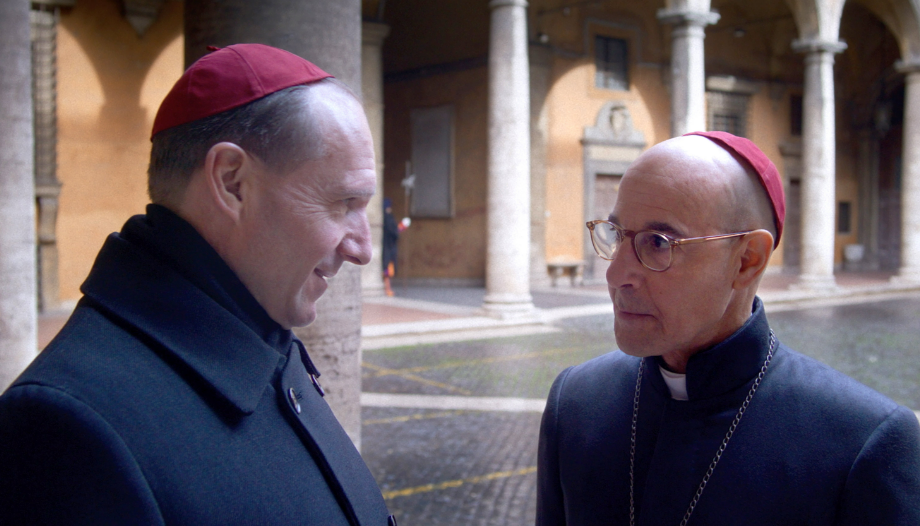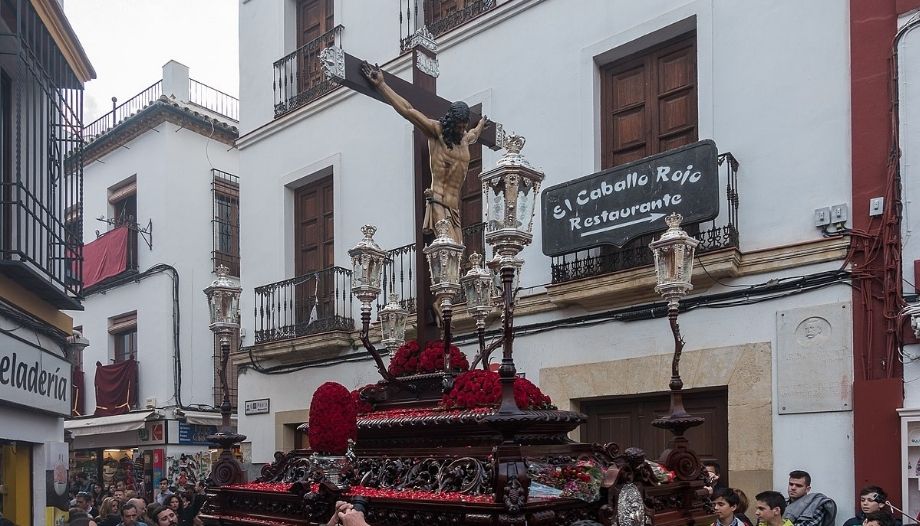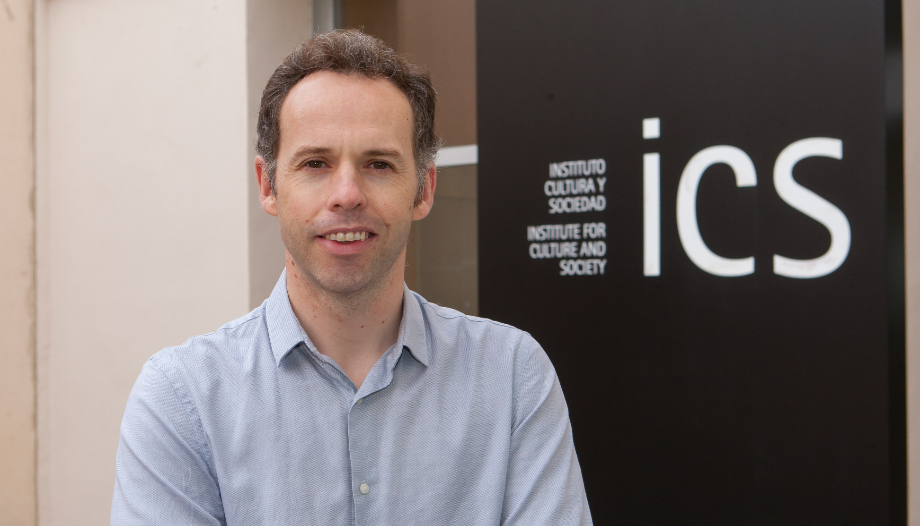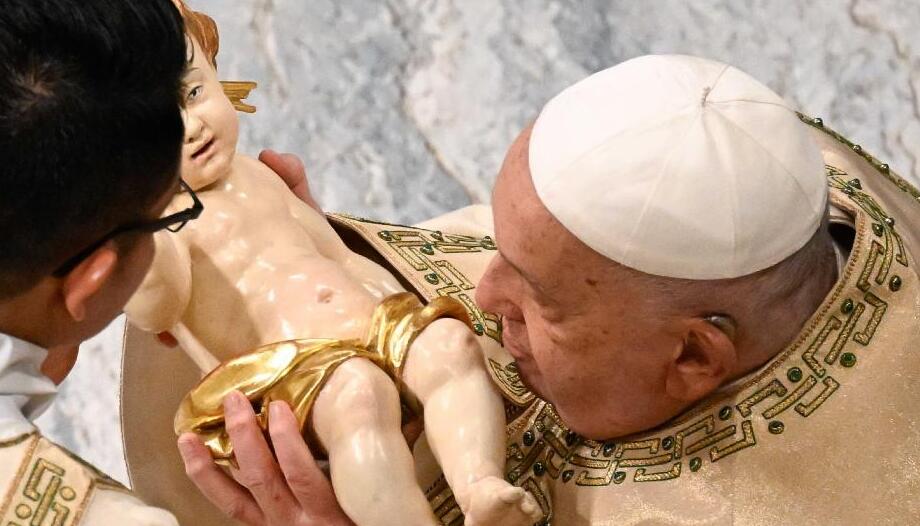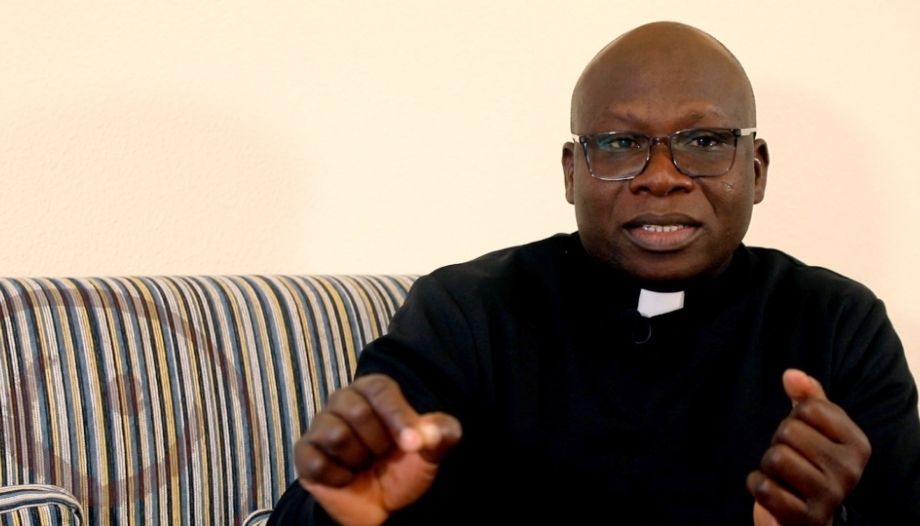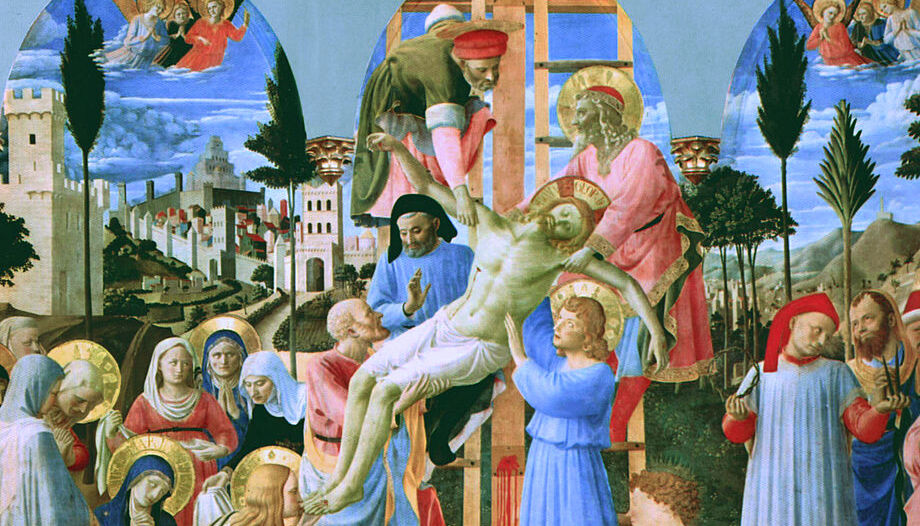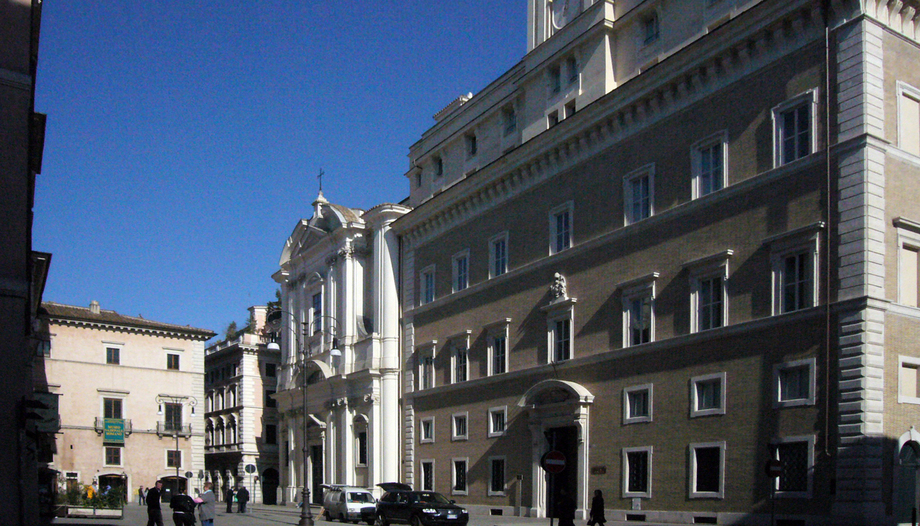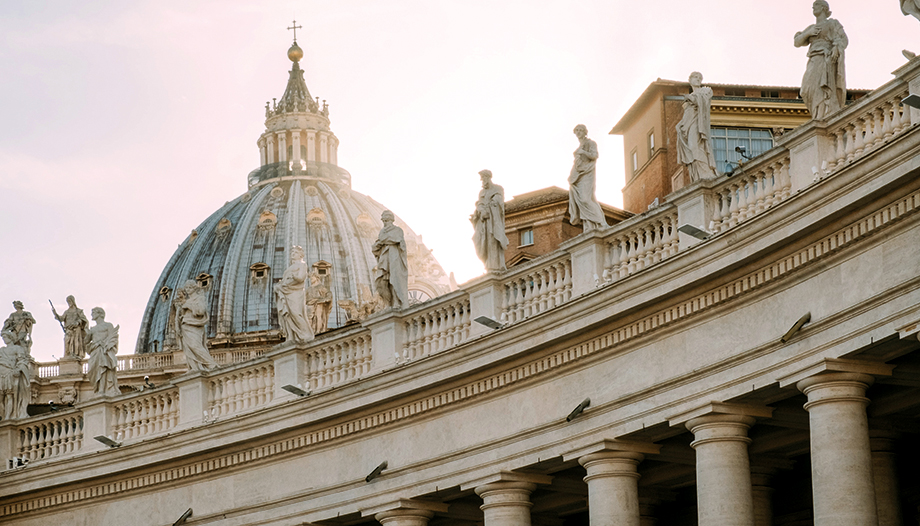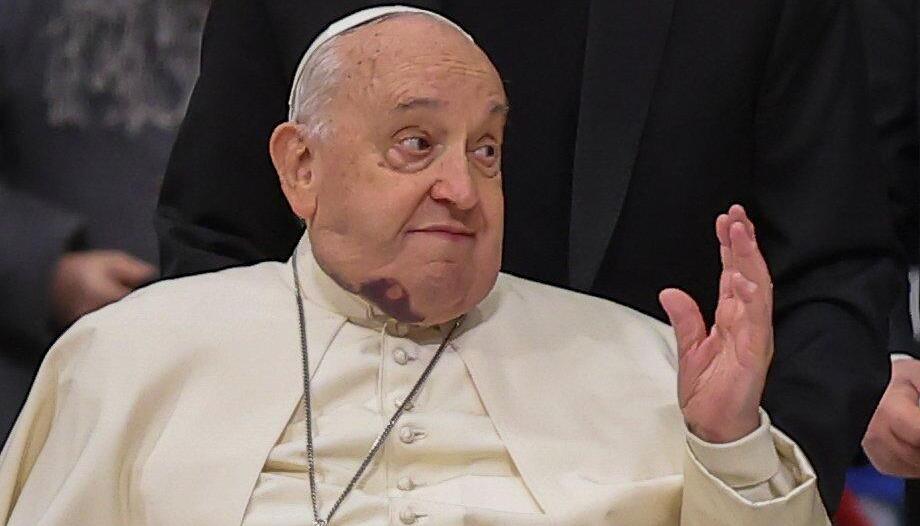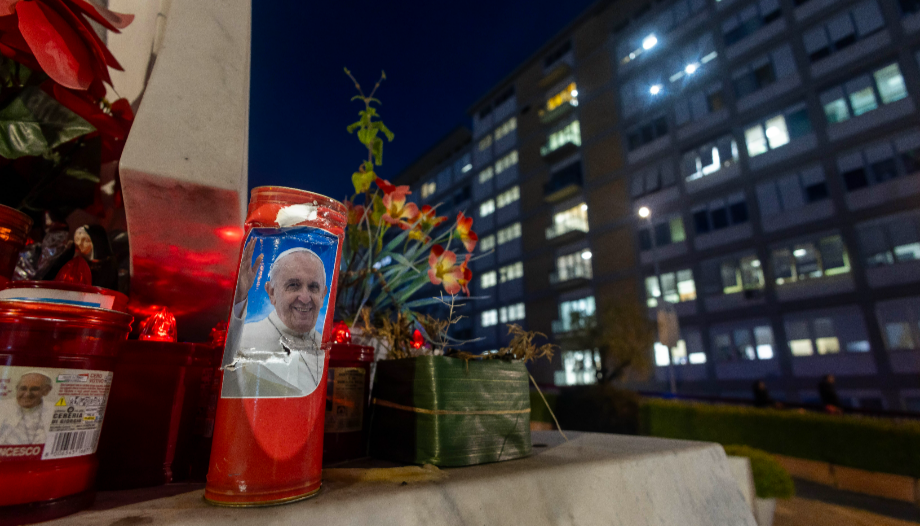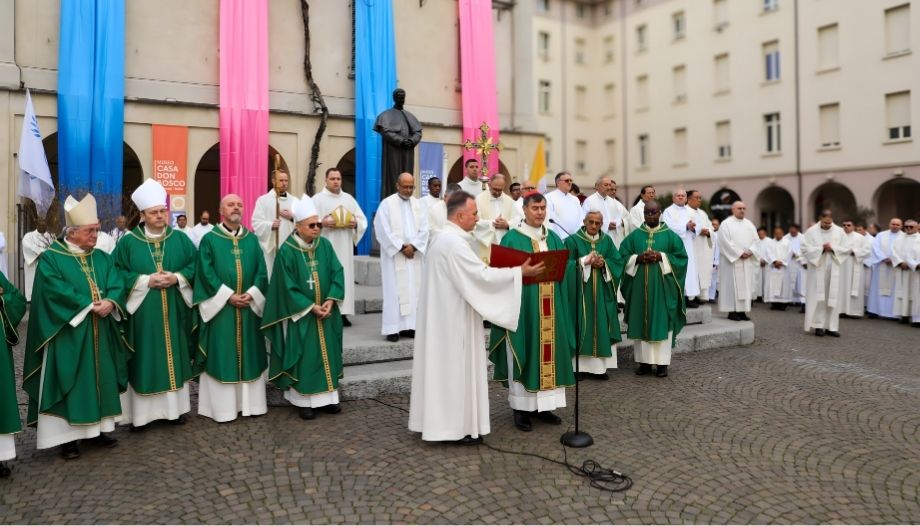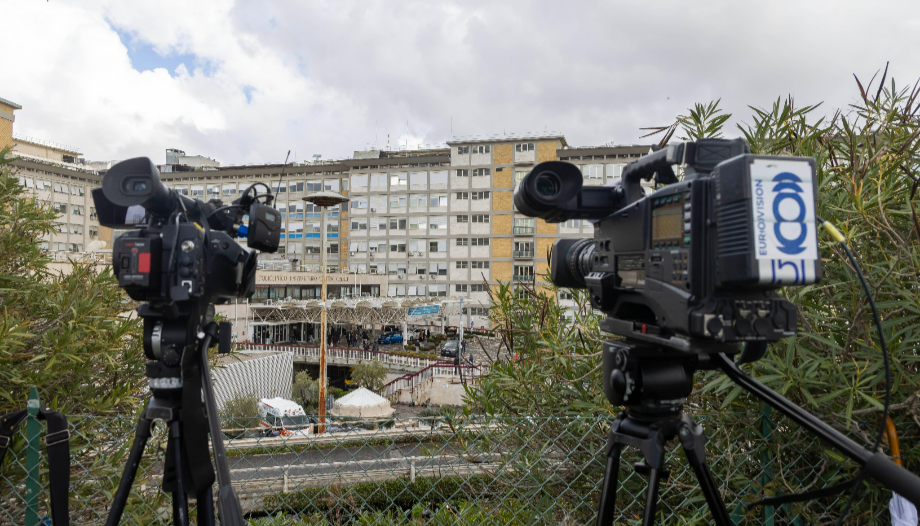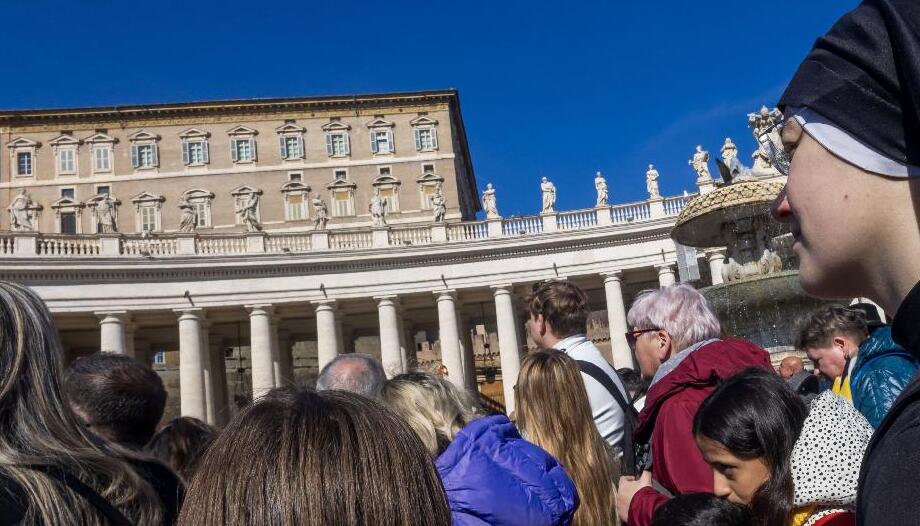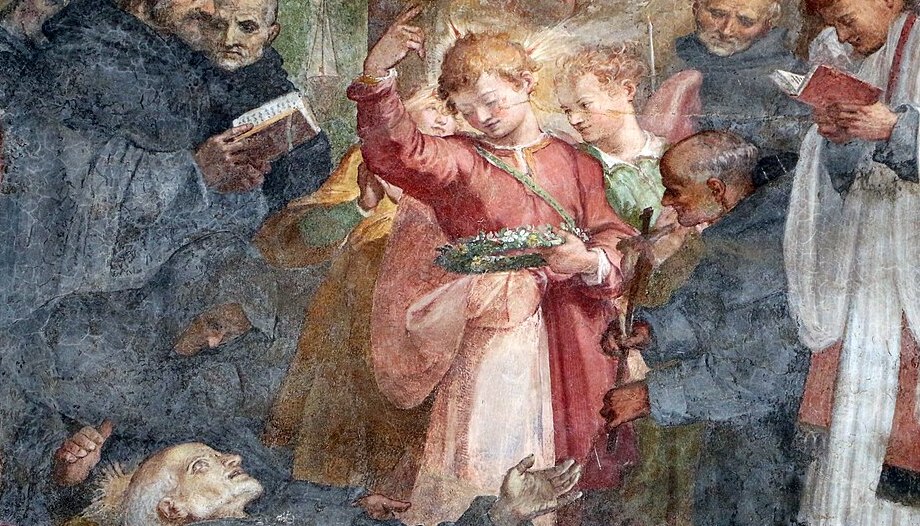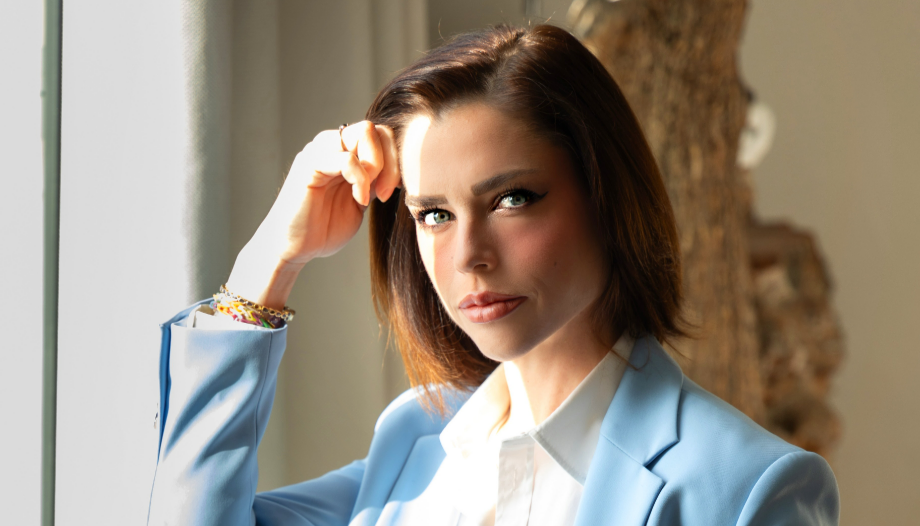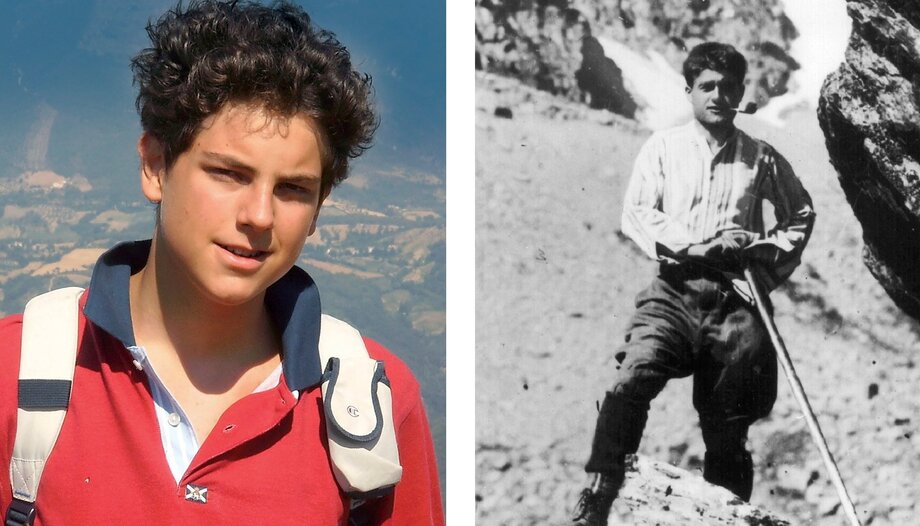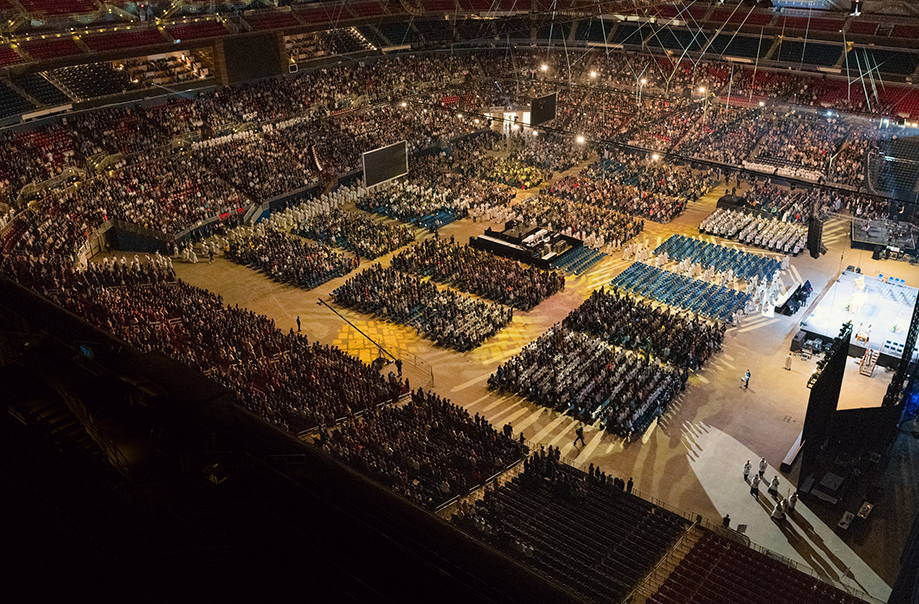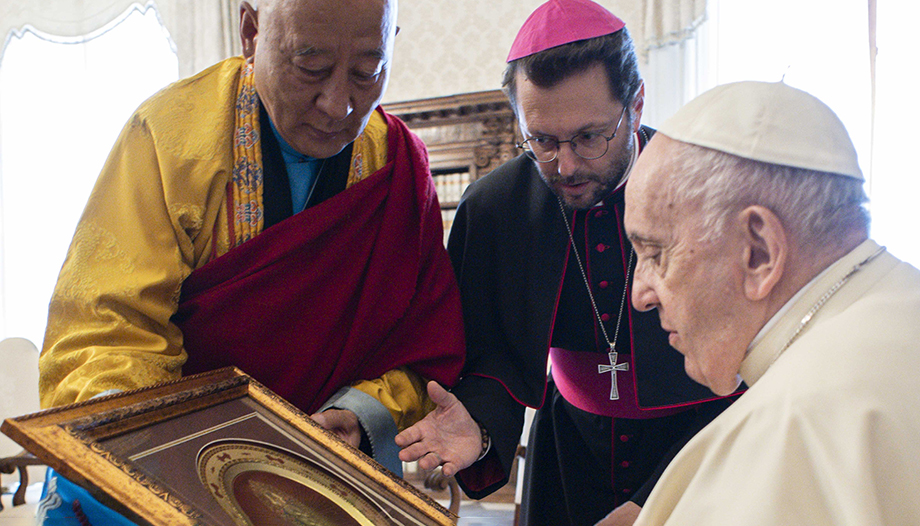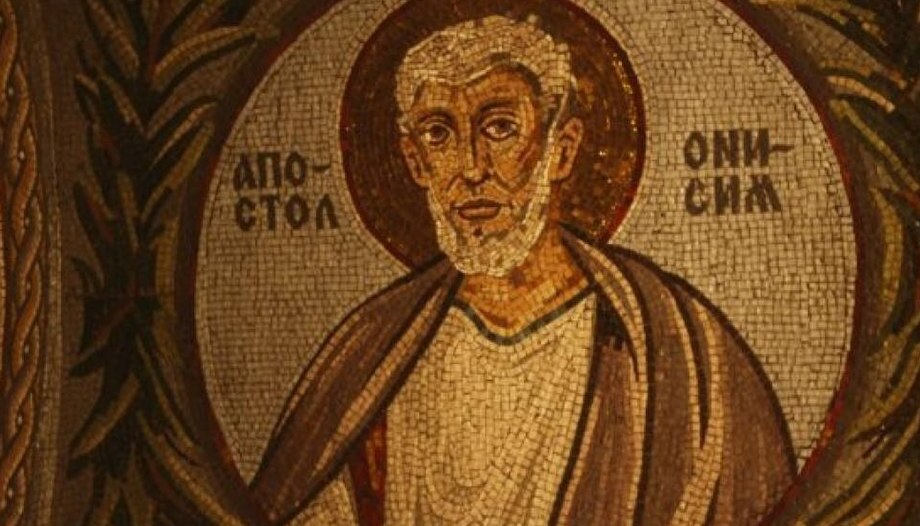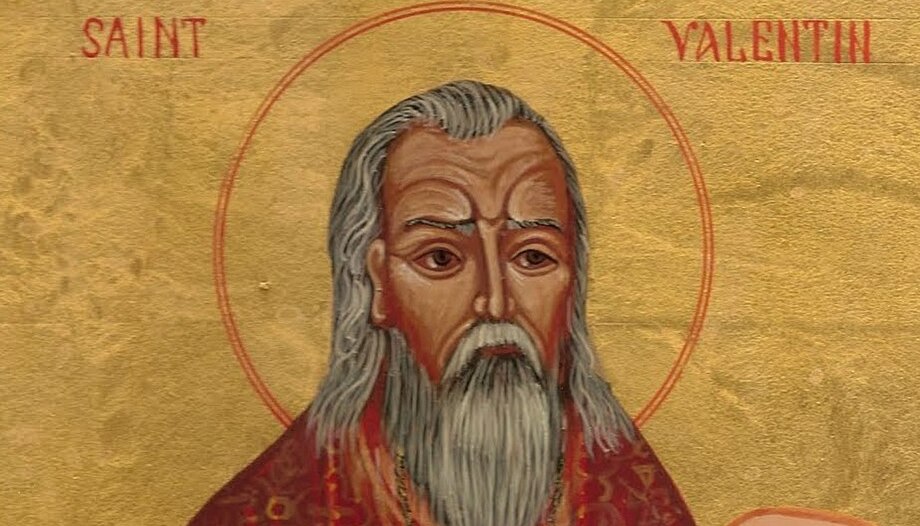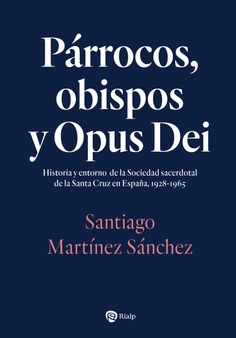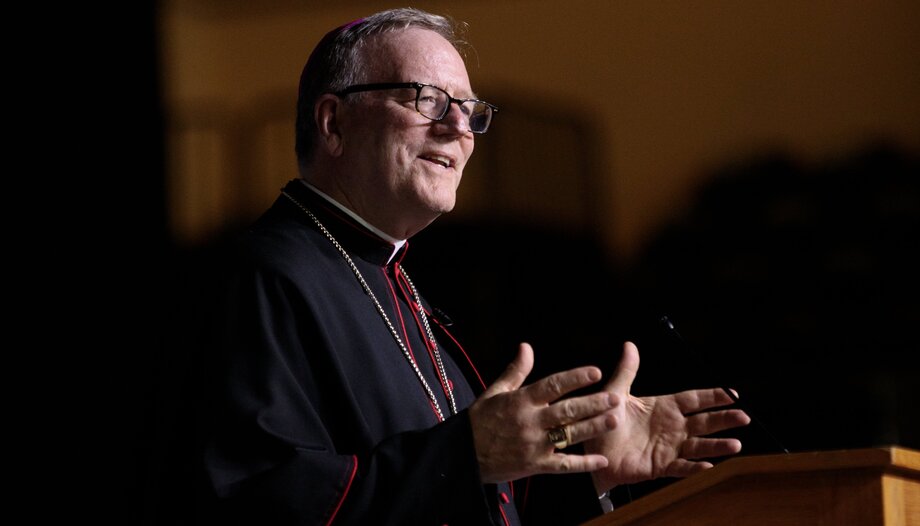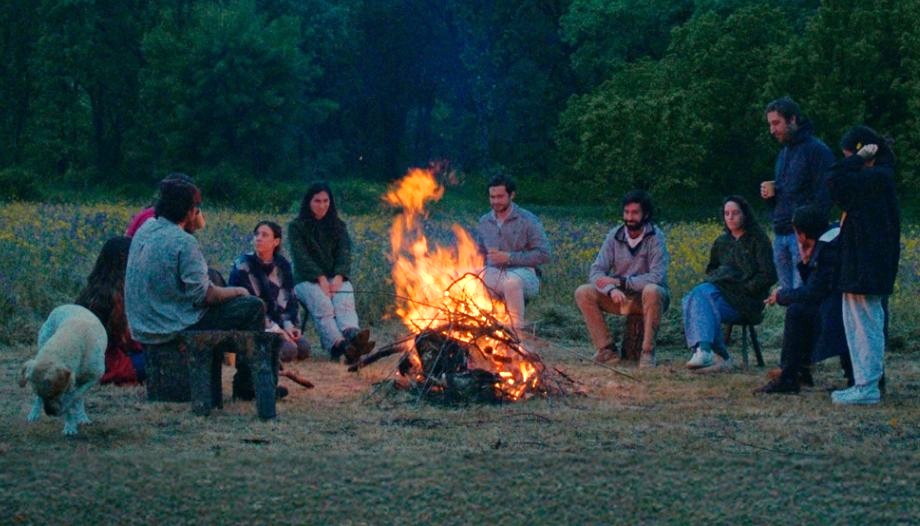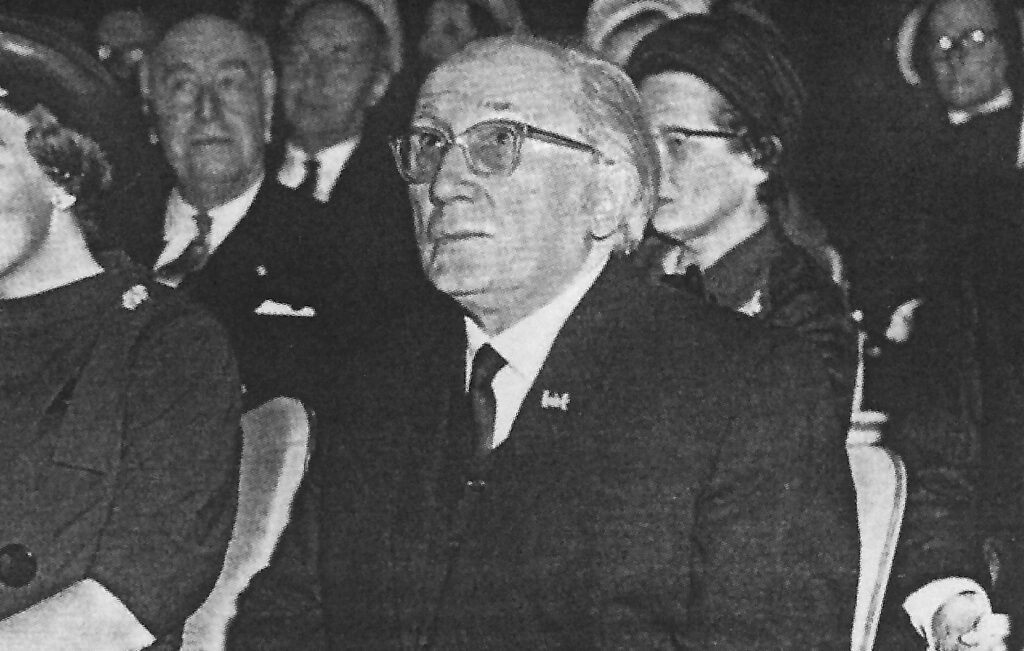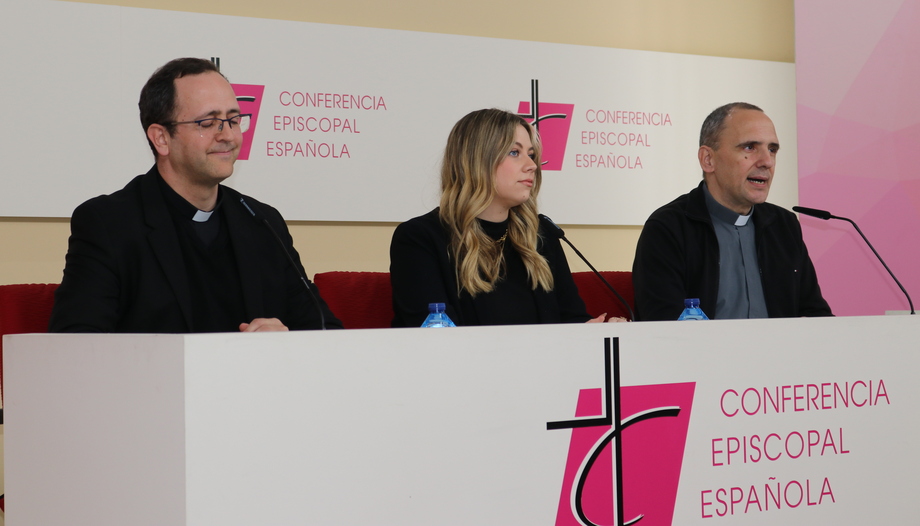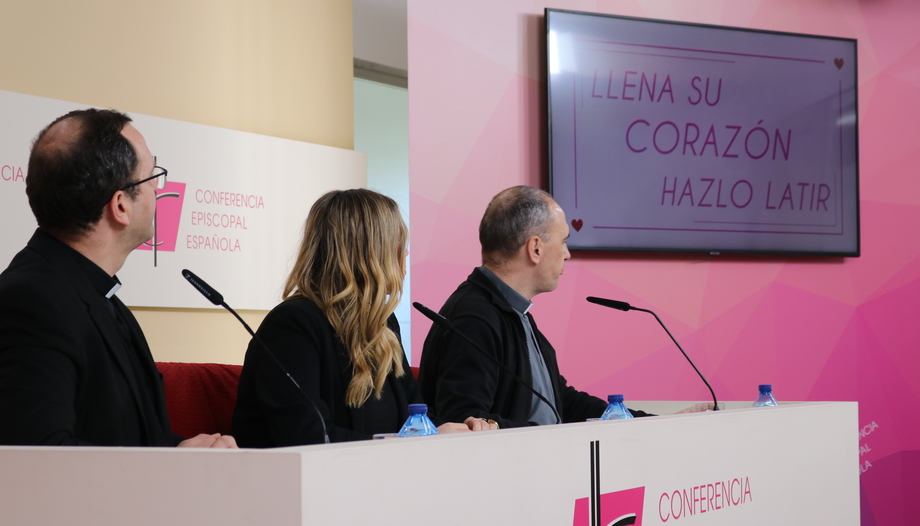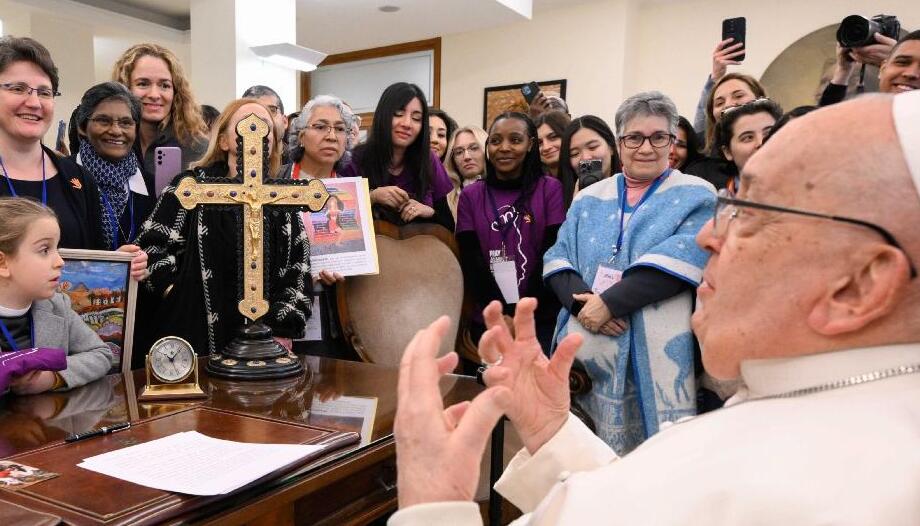In the general audience On May 27, 2015, Pope Francis defined courtship as: "The time in which the two are called to do a good work on love, a shared and participatory work, which goes to the depths. Both discover each other slowly, mutually, that is, the man 'knows' the woman by knowing this woman, his bride; and the woman 'knows' the man by knowing this man, her bridegroom."
Likewise, he commented that the biblical account in Genesis speaks of all creation as a work of God's love; from that image it is understood that God's love, from which the whole world proceeds, was not something taken lightly. "No! It was a beautiful work. God's love created the concrete conditions of an irrevocable, solid covenant, destined to last." In the same way, the covenant of love between a man and a woman takes time, it is not something instantaneous, therefore "it is necessary to work on love (...)". In other words, the loving union between man and woman is cultivated and perfected over time. "I allow myself to say that it is an artisanal alliance. To make of two lives a single life, it is even almost a miracle, a miracle of freedom and of the heart, entrusted to faith".
Love is a relationship
On February 14, 2014, in an address to engaged couples preparing for marriage, Pope Francis, addressing a query he was asked about whether it is possible to love forever, commented: "But what do we understand by 'love'? Just a feeling, a psychophysical state? True, if it is this, one cannot build on it something solid. But if instead love is a relationship, then it is a reality that grows, and we can even say, by way of example, that it is built like a house. And the house is built together, not alone. To build here means to favor and help growth".
It is interesting to note that a year earlier, in his first encyclical letter ".Lumen fidei" n. 27, had already expressed something similar: "In reality, love cannot be reduced to a feeling that comes and goes. It certainly has to do with our affectivity, but in order to open it to the beloved person and to begin a journey, which consists in leaving the isolation of one's own self in order to move towards the other person, to build a lasting relationship; love tends towards union with the beloved person. And so we can see in what sense love needs truth. Only insofar as it is founded on truth can love endure in time, overcome the fleetingness of the instant and remain firm in order to give consistency to a common path. If love has nothing to do with truth, it is subject to the sway of feelings and does not stand the test of time.
True love, on the other hand, unifies all the elements of the person and becomes a new light towards a great and full life. Without truth, love cannot offer a solid bond, it cannot take the 'I' beyond its isolation, nor free it from the fleetingness of the instant to build life and bear fruit".
In the fourth chapter of the apostolic exhortation ".Amoris laetitia"Pope Francis commented that, in St. Paul's Hymn to Charity, we find "some characteristics of true love". Paraphrasing it, he presented some indications for spouses that lead to conjugal charity. Considering courtship, in the words of the Pontiff, as a "path of preparation for marriage", it is necessary that the engaged also know them in order to work on the love of their relationship.
The first point of the Hymn is patience. The Pope emphasized that, driven by love, patience is strengthened when we recognize "that the other person also has the right to live on this earth together with me, just as he or she is," leaving aside the perfectionist desire and the ambition to have everything the way we want it to be.
The second is the attitude of service. He indicated that patience leads to an active, "dynamic and creative posture towards others", translated into a servant attitude, because "love benefits and promotes others".
In the third, he emphasized that love leads to looking at the other with the eyes of God, healing envy and leading to joy for the good of the other.
Regarding the fourth and fifth points, he explained that love leads to not "boasting or aggrandizing oneself", as it helps to place oneself in one's rightful place without seeking to be the center.
He then addressed the following four points. He stressed that "to love is to become kind"; "courtesy is a school of sensitivity and selflessness, which requires a person to cultivate his or her mind and senses, to learn to feel, to speak and, at certain times, to be silent." In this context, he encouraged to observe and learn the gentle language of Jesus. Then, love "does not seek its own interest", "it can go beyond justice and overflow freely without expecting anything in return".
Moreover, love leads us not to be irritated; it is an attitude that arises "from an inner violence, from a non-manifest irritation that makes us defensive towards others, as if they were annoying enemies to be avoided". Subsequently, "it does not take evil into account", love knows how to forgive; a form that arises from "a positive attitude, which tries to understand the weakness of others and tries to find excuses for the other person, as Jesus did when he said: 'Father, forgive them, for they know not what they do' (Lk 23:34)".
He concluded this explanation of the Hymn with the following aspects. He stressed that love leads to "rejoicing with others." "If we do not nourish our capacity to rejoice with the good of the other and, above all, we concentrate on our own needs, we condemn ourselves to live with little joy." Likewise, love "excuses everything." This term is distinguished from "disregards evil" because it refers to the use of language, which can sometimes involve knowing how to "keep silent" about the shortcomings of others.
In this sense, "spouses who love and belong to each other, speak well of each other, try to show the good side of the spouse beyond their weaknesses and mistakes". Moreover, "love believes all things", "trusts". Trust allows to have a healthy relationship, with freedom and with a wide horizon, because "love trusts, leaves in freedom, renounces to control everything, to possess, to dominate".
Another of the traits he emphasized is that "love expects everything", it does not become impatient in the face of the future. It arises from an attitude that "indicates the expectation of one who knows that the other person can change", thus giving rise to hope in the other person. And lastly, "love endures all things". It refers to "standing firm in the midst of a hostile environment". It is "love in spite of everything, even when the whole context invites otherwise".
How love is built
Francisco, in the speech to engaged couples in February 2014, after explaining the meaning of love, he encouraged the couple to grow together, to build a house and live together for life. He warned them not to build that house "on the sand of feelings that come and go, but on the rock of authentic love, the love that comes from God." He also explained to them that the family arises from this project of love, which has to grow as a house is built. "Let it be a place of affection, of help, of hope, of support. As God's love is stable and forever, so also the love that builds the family is stable and forever. family We want it to be stable and forever. She also revealed the secret to healing the fear of "forever":
"It is healed day by day, entrusting oneself to the Lord Jesus in a life that becomes a daily spiritual journey, built by steps, small steps, steps of common growth, built with the commitment to become mature women and men in faith. Because, dear engaged couples, 'forever' is not only a question of duration. A marriage is not fulfilled only if it lasts, but its quality is important. To be together and to know how to love forever is the challenge of Christian spouses".
In line with the aforementioned, on September 26, 2015, at the speech During the Feast of Families and Prayer Vigil in Philadelphia, the Pope explained that love is an apprenticeship that seeks to grow: "There are no perfect families and this should not discourage us. On the contrary, love is learned, love is lived, love grows by 'working it out' according to the circumstances of life that each concrete family is going through.
Love is always born and develops between light and shadow. Love is possible in concrete men and women who seek not to make conflicts the last word, but an opportunity. An opportunity to ask for help, an opportunity to ask ourselves where we need to improve, an opportunity to discover the God with us who never abandons us.
This is a great legacy that we can leave to our children, a very good teaching: we make mistakes, yes; we have problems, yes; but we know that this is not the definitive thing. We know that mistakes, problems, conflicts are an opportunity to get closer to others, to God".
One year later, in "Amoris laetitia". n. 134, Francis insisted: "Love that does not grow begins to run risks, and we can only grow by responding to divine grace with more acts of love, with more frequent, more intense, more generous, more tender, more joyful acts of affection". In other words, it is "a path of constant growth".
Courtship as "a life itinerary".
At the general audience of May 27, 2015, the Pope said that the covenant of love between man and woman is not improvised, it is not born from one day to the next, "it is necessary to work on love, it is necessary to walk". Francis explained that God, when he speaks of the covenant with his people, sometimes does so in terms of courtship. To support his argument he cited two passages of Sacred Scripture: "In the book of Jeremiah, speaking to the people who had strayed from Him, he reminds them of when the people were God's 'bride' and says thus: 'I remember your youthful affection, the love you had for me as a bride' (2:2). And God made this itinerary of courtship; then he also makes a promise: we heard it at the beginning of the audience, in the book of Hosea: 'I will betroth myself to you forever, I will betroth myself to you in righteousness and justice, in mercy and tenderness, I will betroth myself to you in faithfulness, and you shall know the Lord' (2:21-22). It is a long road that the Lord travels with his people in this itinerary of betrothal. In the end God espouses his people in Jesus Christ: in Jesus he espouses the Church. The people of God is the bride of Jesus".
The Bible passages explained by Francis illustrate that the same itinerary happens in the courtship between a man and a woman: first they begin to walk together, then comes the promise of fidelity that will culminate in marriage, this being the sign of the union of Christ and the Church.
On December 26, 2021, the feast of the Holy Family, at the letter to married couples on the occasion of the "Amoris laetitia Family Year", the Holy Father said that, like Abraham, "each of the spouses leaves his or her own land from the moment when, feeling the call to conjugal love, they decide to give themselves to the other without reserve". For this reason, he affirmed that courtship means "walking together the road that leads to marriage". And in this shared itinerary it is essential that the bride and groom learn to love each other.
Excuse me, thank you and sorry
Pope Francis, in his address to engaged couples on February 14, 2014, characterized by his simple yet profound style of speaking, stressed the importance of certain essential rules that can be summed up in three words: "permission," "thank you" and "forgiveness. Three words that, in the context of courtship conceived as a period destined to "travel together the road that leads to marriage" and of learning to love each other as traveling companions, it is good to keep in mind.
"Permission." The Pope commented that it is "the gentle request to be able to enter into the life of another with respect and attention". In other words, it is "knowing how to enter with courtesy into the life of others", since true love does not impose itself, it is for this reason that courtesy maintains love.
"Thank you." Francis affirmed that it may seem like a simple word to say, but it is not always the case. "Remember the Gospel of Luke, Jesus heals ten leprosy patients and only one comes back to say thank you to Jesus. And the Lord says: and the other nine, where are they? This is also valid for us: do we know how to give thanks? In your relationship, and tomorrow in married life, it is important to keep alive the awareness that the other person is a gift from God, and to God's gifts we say thank you, we always say thank you". For this reason he encouraged the bride and groom to be grateful, in order to move forward together and positively towards married life.
"Forgiveness." The Pontiff stressed that the human condition leads to making mistakes and errors throughout life, therefore, it is imperative to apologize on the many occasions of the day. ""Forgive me if I raised my voice today"; "forgive me if I passed by without saying hello"; "forgive me if I was late", "if I was too silent this week", "if I talked too much without ever listening"; "forgive me if I forgot"; "forgive me, I was angry and I took it out on you".
We can say 'sorry' many times a day". He also explained that this is a teaching of Jesus, who encourages us to never end the day without asking for forgiveness, without peace returning to the home, to the bosom of the family. "If we learn to ask for forgiveness and to forgive each other, the marriage will last, it will go forward."
The authorSantiago Populín SuchBachelor of Theology from the University of Navarra. Licentiate in Spiritual Theology from the University of the Holy Cross, Rome.
 Pope's health: optimism but not yet out of danger
Pope's health: optimism but not yet out of danger Pope's slow but steady improvement
Pope's slow but steady improvement The Pope has bilateral pneumonia and his condition remains "complex".
The Pope has bilateral pneumonia and his condition remains "complex".




